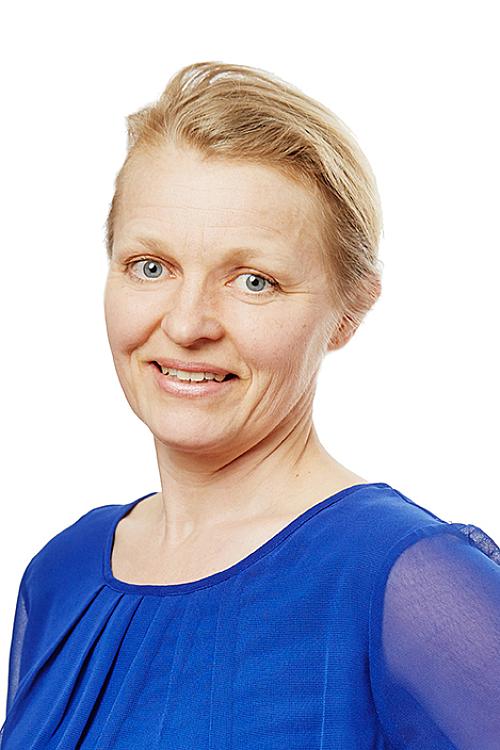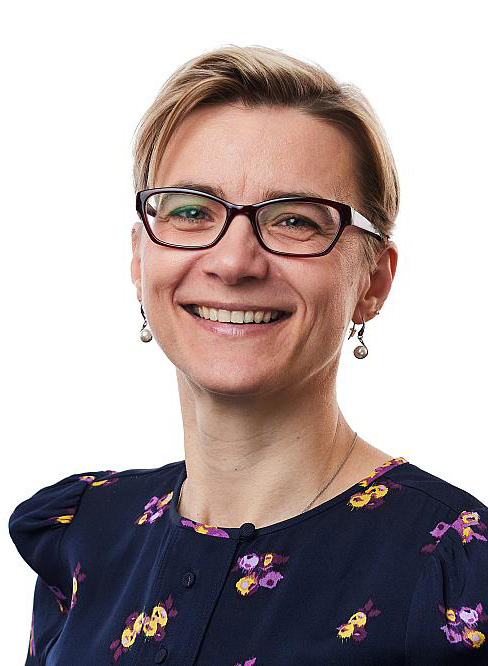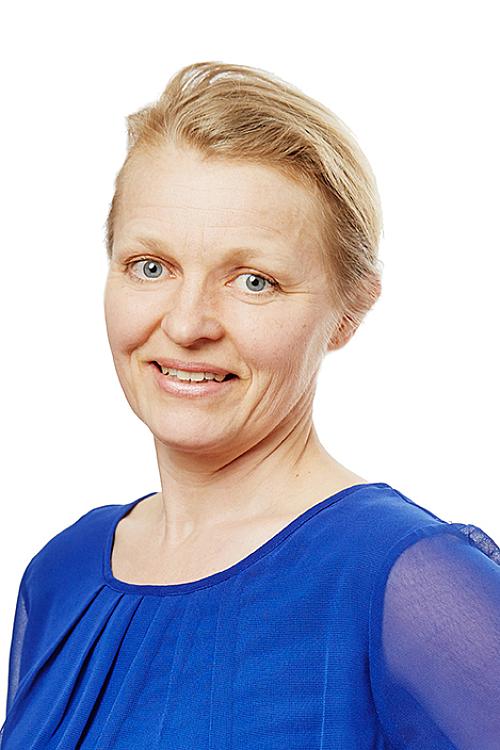Leadership development systems-LDS
Facts
Academic partner: JU
Partner organisations: Jönköping Energi External link, opens in new window., JSC IT-partner External link, opens in new window., Elgigianten Logistik External link, opens in new window., Nobia, External link, opens in new window.Statens fastighetsverk External link, opens in new window.
Intermediate partner organisations: Trygghetsrådet TRS External link, opens in new window.
Financier: KK-stiftelsen External link, opens in new window.
Duration of the project: 2021-2025
Research team:

Sofia Kjellström (Project leader)

Gunilla Avby (Project leader)

%20annika_engstr%C3%B6m.jpg)


In a globalized and rapidly changing world of increasing complexity and uncertainty, organizations need to attract, develop and retain competent leaders, which makes competence and leadership development a priority. The program addresses the challenge of how to recoup investments in leadership.
Introduktion
The purpose of the program is to develop a more systematic approach to leadership development that is supported by validated and practical applicable theories, methods, and tools. The participating companies approach their leadership development in different ways, and the program both supports and follows their improvement efforts. The key issue is to increase knowledge on how an organization can mature their system for leadership development to fit the organization’s needs and resources.
The participating companies all share the challenge of creating a LDS that is aligned with organizational development and structures, attracts potential and future leaders, and is integrated in everyday work. The engagement in regular workshops ensures a continuous knowledge trade between companies and researchers, and together they create knowledge that is applicable in practice, but also that will contribute to knowledge at the frontline of leadership development research.
Importance of the programme
Poor leadership creates considerable financial costs and unhealthy working environments that result in lower employee wellbeing, human agony, unnecessary additional stress, and increased level of turnover.
To achieve sustainable development, organizations must have the ability to organize for growth, without using more resources, economic, social, or human, than are created. Furthermore, investments and activities should lead to not only short-term results but also long-term effects.
There tends to be a risk of basing programs on traditional designs and setups, such as only formal education, and not carefully considering how to best structure the various means of development interventions. A leadership development system (LDS) can be created by making effective use of different leader and leadership development methods in combination with supporting and enhancing ongoing, informal day-to-day learning at the workplace.
Expected results
One of the program’s basic premises is that it should meet the needs and resources of the engaged organizations, produce actionable findings, and be of excellent research quality within the field of leadership development. The program’s three subproject create space for advancing the LDS in each participating organization.
Subproject 1 addresses the gap between theory and practice, and is expected to visualize specific improvement strategies for companies of different sizes and in various businesses.
Subproject 2 is expected to result in an effective assessment tool to identify components as a point of departure for improvement work. The tool will most probably expand beyond the partner organizations.
Subproject 3 uses a case study approach to support the desirable integration of leadership development practices with the business strategy and ongoing developmental activities in the organizations.
For more information
- Professor Quality improvement and leadership
- School of Health and Welfare
- sofia.kjellstrom@ju.se
- +46 36-10 1313
- Associate Professor
- School of Health and Welfare
- gunilla.avby@ju.se




